Fingerprints are a valuable tool for personal identification. The current research work was done with the aim to study the regional and sex-based differences between the Brahmin population of Delhi and Uttarakhand, using fingerprint ridge density. To attain this goal, rolled fingerprints were obtained from 120 Brahmin individuals, 60 (30 males/30 females) each from Uttarakhand and Delhi/NCR, between 18-60 years of age. Results obtained imply that females have a significantly higher ridge density than males with <13 ridges/25mm2 being the ridge density for males and >14 ridges/25mm2 for females. No significant difference was observed based on region. This study highlights the importance of fingerprint ridge density in morphological, biological, and forensic examinations.
INTRODUCTION
Fingerprints are unique identifying features of an individual. The friction ridges of a human finger create a fingerprint when they come in contact with any surface or object. Fingerprint details can be generally described at three major levels, namely:
- Level I - Overall pattern type (Arch, Loop, Whorl, or Composite)
- Level II - Minutiae (Ridge characteristics)
- Level III - Microfeatures (Pores, edges, creases, dots etc.)
Fingerprint ridge density is determined by counting the number of ridges inside a certain region. Acree (1999), a pioneer in studying the gender-based differences in fingerprints, started an avalanche of research into the question of possible sex estimation from fingerprints based on fingerprint ridge density (FPRD). The current research work attempts at determining regional and sex-based differences, if any, between adult individuals of Delhi and Uttarakhand.
It was observed that based on region, ridge density of Uttarakhand males was 13.33 ridges/25mm2 while, for females it was14.65 ridges/25mm2. Similarly, FPRD was found to be 13.41 ridges/25mm2 and 15.00 ridges/25mm2 for males and females, respectively, of Delhi region. Statistically, high ridge density was observed in the ring finger of both the hands and was lowest in the thumb finger of both right and left hand. Furthermore, significant difference (p<0.001) was observed in terms of sex whereas, no significant regional differences were indicated.
Name - Swati Pant
M.Sc. Forensic Science Batch 2020-22
Contact – swatipant30@gmail.com
Supervisor - Jaisleen Kaur


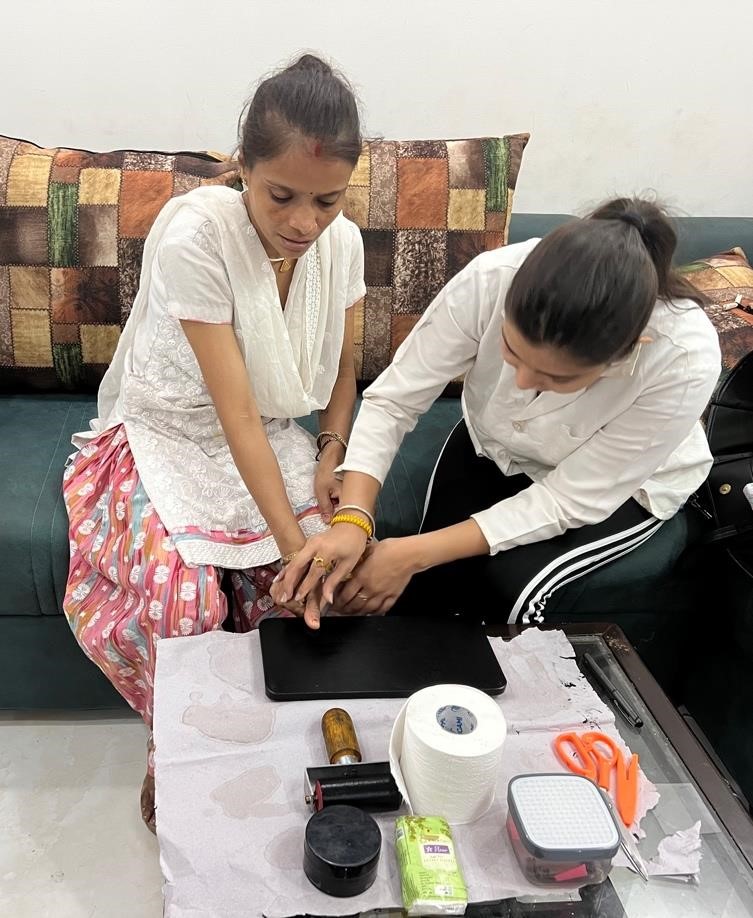
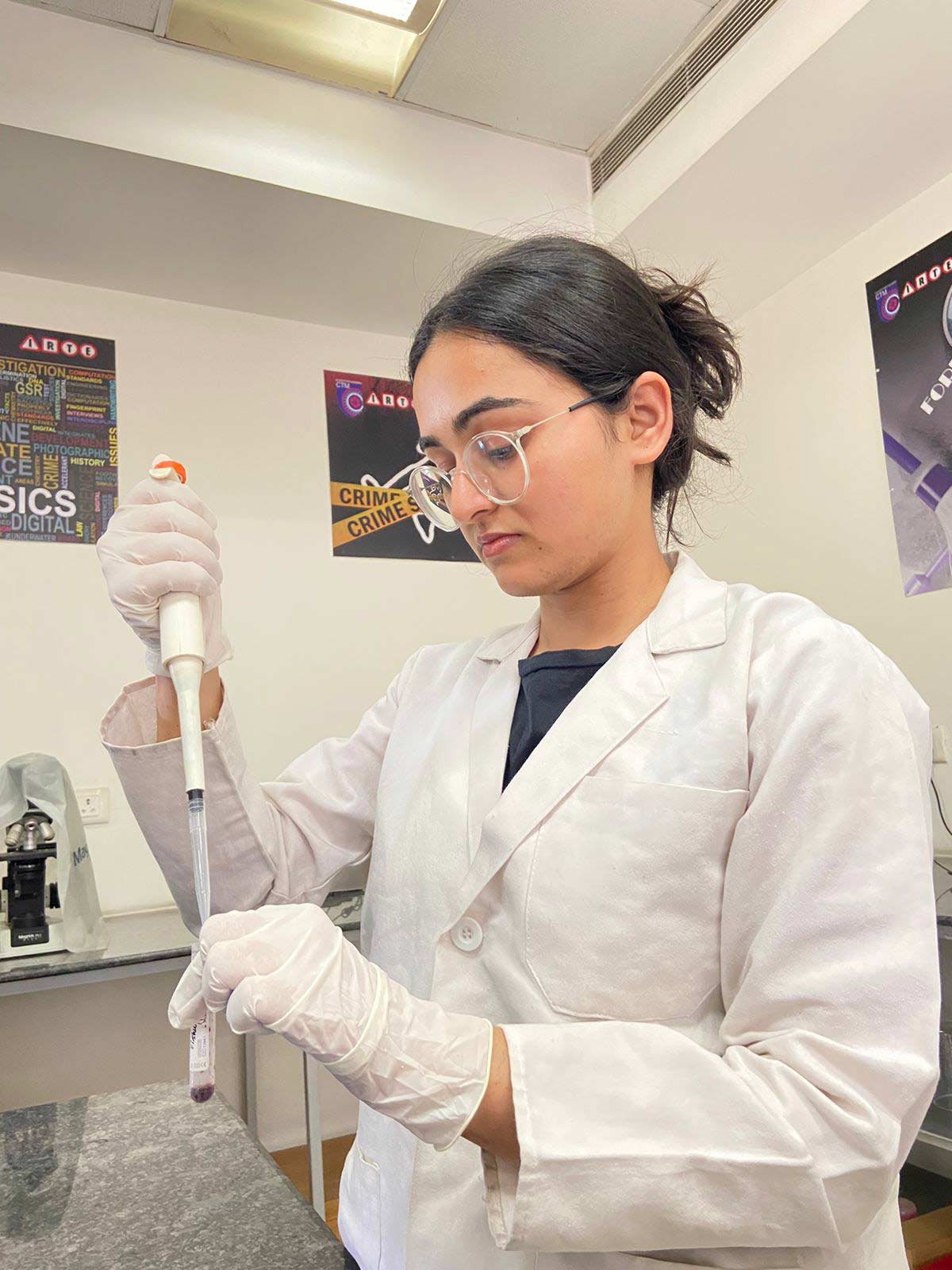
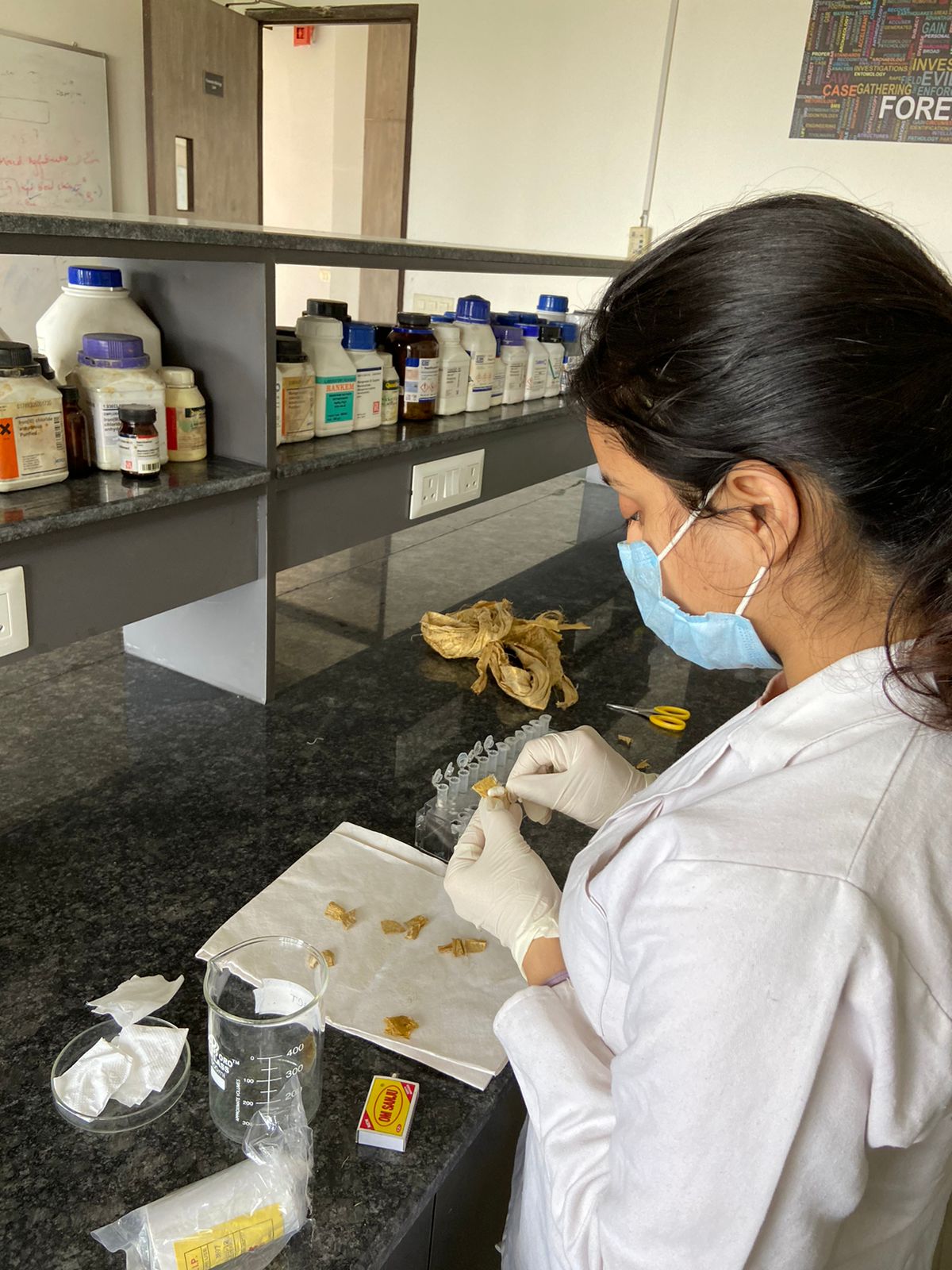
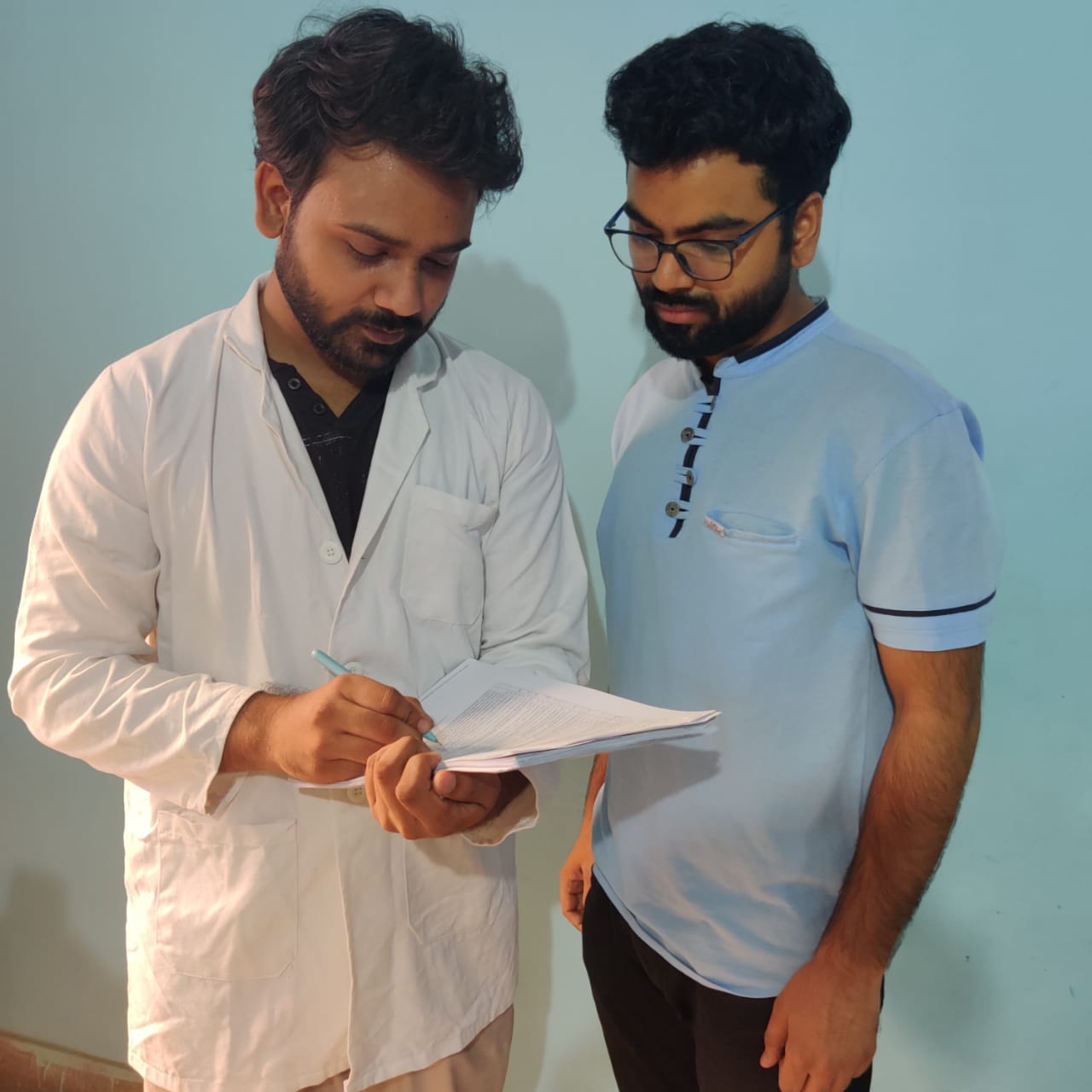
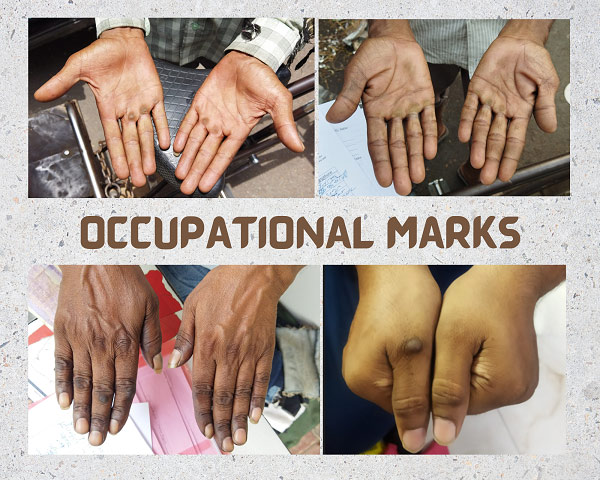
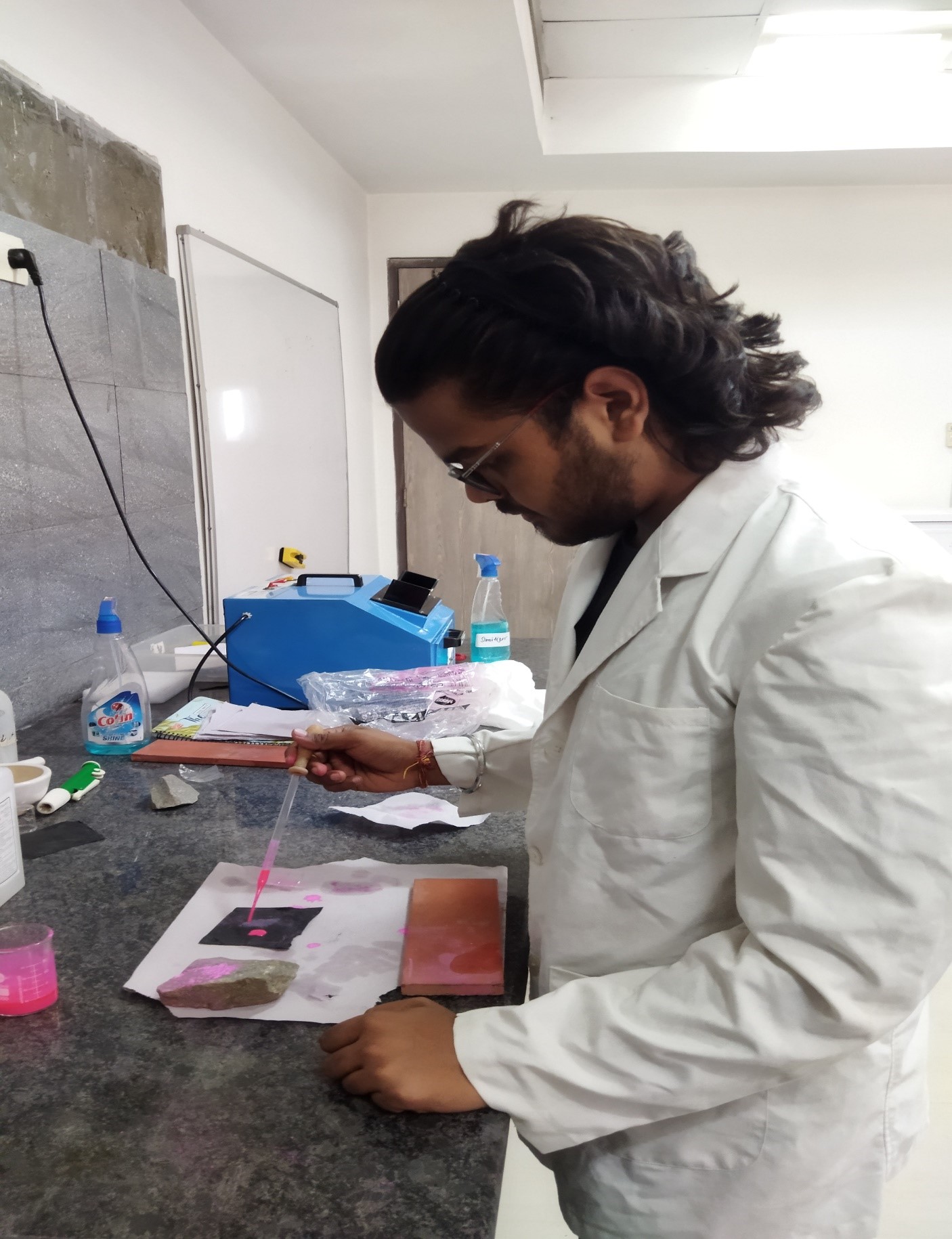
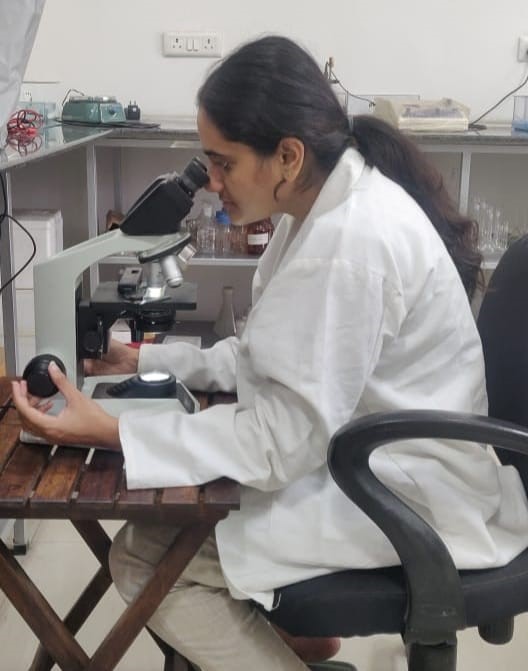
No Comments